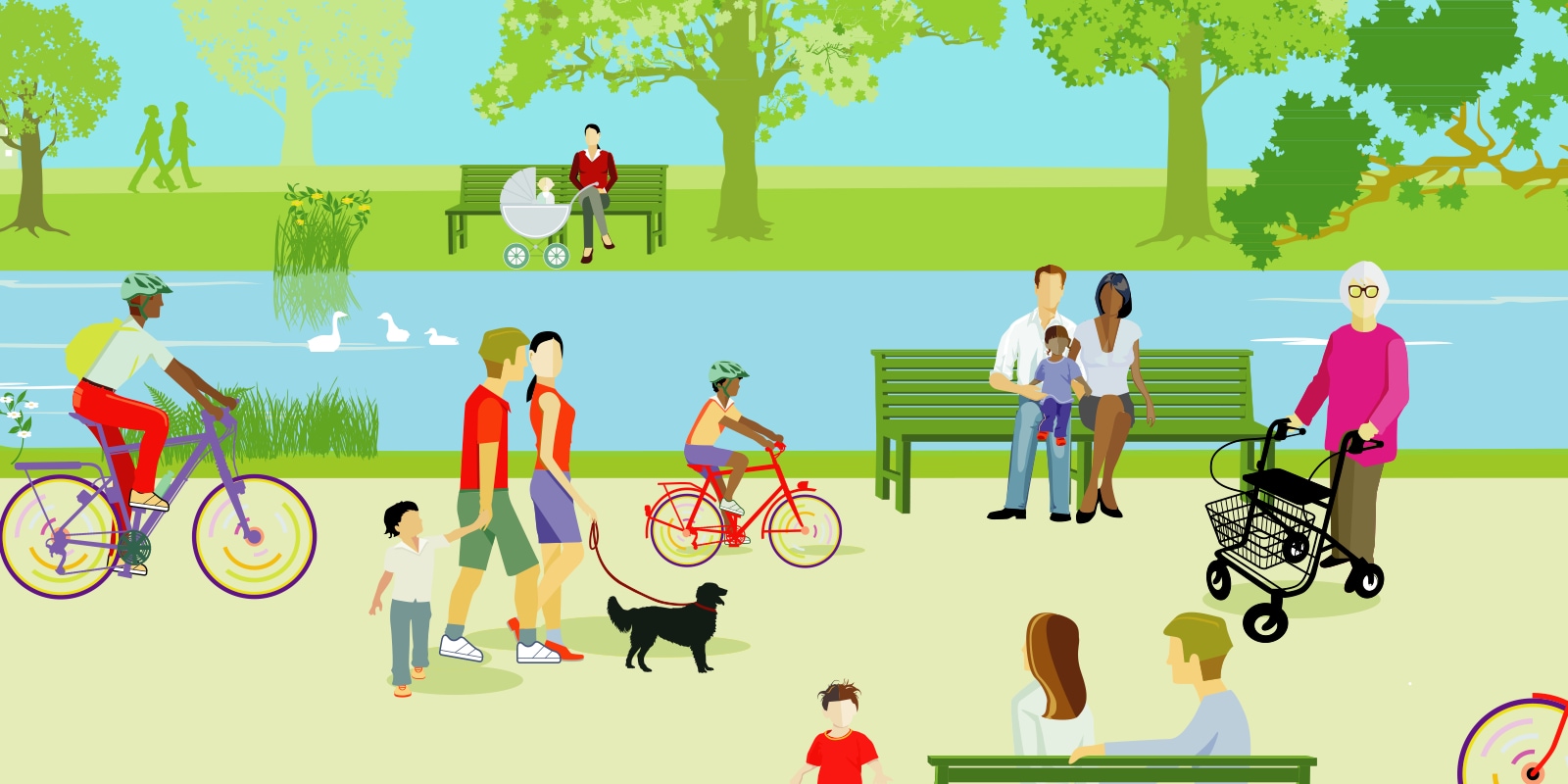Assessing autism in school-age children
Early identification helps educators, parents, and clinicians develop targeted support plans that address specific academic, social, and behavioral needs. By assessing autism in school-age children, interventions can be implemented to enhance communication, improve peer interactions, and provide strategies for managing classroom and social behaviors. This proactive approach not only supports the child’s academic success but also promotes emotional well-being, helping them build confidence and a positive learning experience. Accurate assessments lead to tailored educational strategies that empower children to reach their full potential in both school and social settings.
ASRS®
Helps identify symptoms, behaviors, and associated features of ASDs in children and adolescents
Available in Spanish
**Coming soon to Q-global™!
CARS-2
Helps distinguish autism from developmental disabilities in children
GARS-3
Helps identify the probability and severity of autism disorder in children and young adults
DAS-II® NU School-Age
Provides insight into how a child processes information.
PEDI-CAT Computer Adaptive Caregiver Report
Digital administration available
Measures functional domains for children and youth with physical and/or behavioral conditions–includes Autism scale
Available in Spanish
Remote on-screen administration available
Sensory Profile™ 2
Digital administration available
Evaluates a child’s sensory processing patterns in the context of different settings
Available in Spanish
Remote on-screen administration available
Additional offerings:
*Available in Spanish

Deciphering dual diagnosis
Discover practical strategies for supporting individuals with ASD and ADHD.

Understanding the connection
Creating inclusive, supportive learning environments for individuals with ASD & ADHD.

Five ways to build bridges with parents
How to improve communications with parents and guardians to support students’ well-being.
Detecting Autism amongst the ever-broadening spectrum
The prevalence of Autism Spectrum Disorder is currently 1 in 36 school-age children in the United States. Yet, the breadth of the spectrum is so broad and heterogeneous that it becomes perplexing as to how some individuals who are profoundly affected can carry the same diagnostic label as those with more subtle symptom expression.
Understanding age-related changes in motor performance in children and adolescents on the autism spectrum
In this webinar, Dr. Travers will present the findings of her recent research examining age-related changes in BOT-2 performance in autistic and non-autistic children (ages 6–17 years). Diagnostic group differences and subgroup differences (autism with and without co-occurring ADHD) in motor profiles will also be examined.
Related topics

Occupational Therapy

ADHD

DALS













